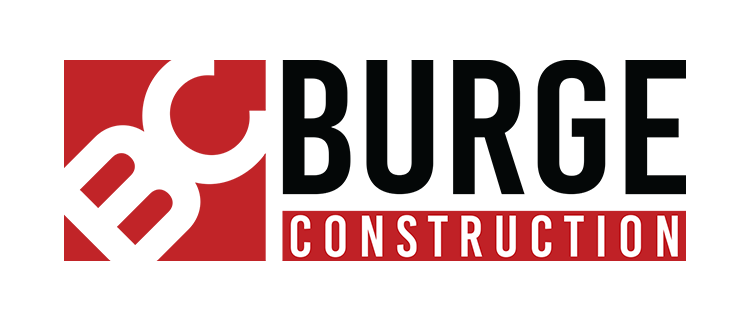Building Lasting Value in Commercial Construction
Buildings are only as strong as their foundation. It’s an idea you’ll find everywhere, even outside the world of construction.
For contractors who work with a commitment to quality, starting with a strong foundation is an absolute necessity. The foundation does more than ensure the structure’s integrity and safety. It underpins the building’s longevity as an asset to its owners and its community.
Follow along for tips on creating a foundation that surpasses strength—and is built to sustain.
1. Determine the specifications for your project
Understanding the dimensions of your building is one of the first steps in determining the specifications for your structure. These “specs” are used by the project team as a guide to choose the most suitable materials and installation outlines. The specs become an integral part of the contract between the owner and the general contractor, so the more precise they are, the more efficiently the project will unfold.
2. Choose quality materials
The choice of materials is a decisive factor in short-term considerations like construction cost, as well as long-term issues like maintenance overhead and longevity. Excellent materials will significantly impact a building’s resale price and the tax value of the property. Aesthetically pleasing materials like brick, stone and professionally formed concrete are all options that will contribute to a long-lasting structure.
3. Develop a budget
There’s no shortage of advice on the merits of devising a good and practical construction budget. Developers and contractors need to have a budget in place before they lay that first plank.
Every budget should incorporate a cushion to allow for unexpected costs. The owner’s appetite for risk decides how large the cushion should be. We typically see them in the 5 to 10 percent range.
Your budget can go beyond dollars to plan the time allocated to each project as well. This can be an especially important step for contractors trying to juggle numerous projects at once, providing an essential reality check early in the process that allows time for the team to muster additional resources.
4. Do regular risk assessments
Construction projects are highly dynamic, with many moving parts planned from the beginning to fit together along a tight timeline. Few project plans survive unchanged over the course of construction. Surprises come from many quarters, and being ready for them is an important part of staying on schedule and under budget.
Regular risk assessments throughout construction force the team to reexamine their sources of risk. Could the project present a special safety condition that requires mitigation? Has every supplier delivered on time? Is a preliminary phase taking longer than planned and threatening the steps that are contingent on its completion?
5. Consult the closeout process early
Don’t wait until the end of your project to create and consult your closeout process. Devising one at the start of your project and periodically checking it will help to forestall miscommunication and work delays. In addition, regularly consulting with all team members will ensure that you are following all predefined specifications and meeting all parties’ expectations.
6. Implement internal environmental safeguards
If nothing else, the pandemic has shown us the importance of designing environmental structures that promote better air circulation and decrease the likelihood of illness. Open floor plans are one way to achieve this.
To build a strong foundation, hire experts
Just as you want to find the highest quality materials for your project, you want to find the most qualified builders who will be with you from the pre-construction to post-construction phase. Burge Corporation comes aboard as early in the process as possible and walks alongside you to until the end. This long-term relationship is what helps spaces reach their full potential. Give us a call today at (949) 492-1175 for more information on quality, built right.
